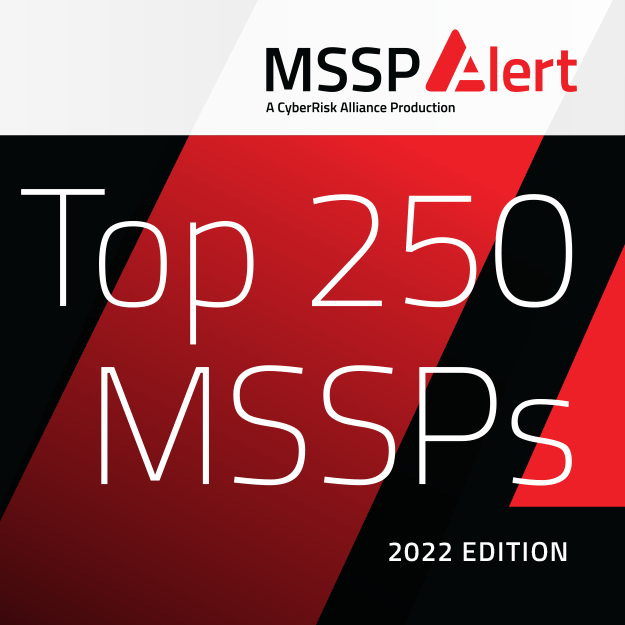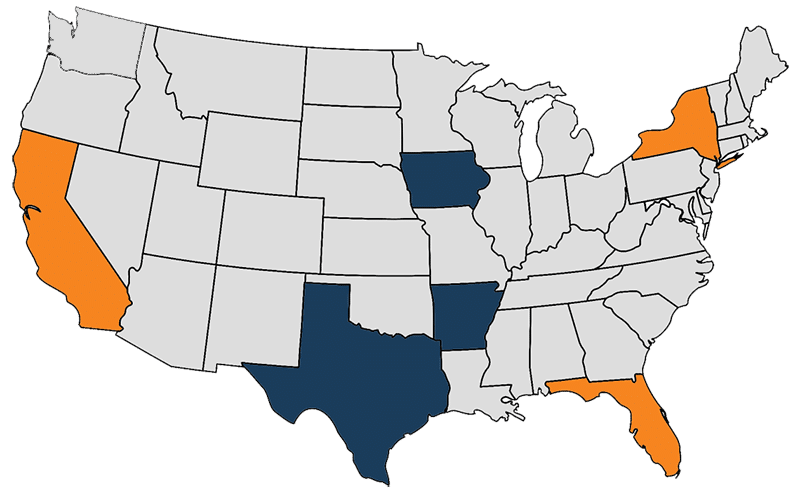Your business faces five critical security blind spots that cybercriminals exploit daily. First, sophisticated attackers use AI-powered phishing and target your supply chain before moving laterally through your network. Second, traditional endpoint protection can’t detect advanced behavioral threats. Third, email security fails against targeted social engineering that mimics trusted sources. Fourth, attackers systematically corrupt your backup systems over time. Finally, unmanaged third-party access creates exploitable entry points. Understanding these weaknesses shows how to build full protection.
The Security “Theater” We All Perform
You’ve installed antivirus software, set up a firewall, and trained employees to spot obvious phishing emails—yet you’re still vulnerable to the attacks that matter most. This security theater creates false confidence. Advanced attackers exploit human habits and use attacks that bypass normal defenses.
Modern cybercriminals do not just use malicious code. They use social engineering to trick your team into giving access willingly. These digital frauds use behavior analysis to create convincing stories. They make even careful employees unknowingly help steal data.
Your current security measures catch yesterday’s threats while today’s malicious behavior slips through undetected. The gap between what you think you’re protecting against and what’s actually targeting your business creates the blind spots that sophisticated attackers exploit most effectively.
Understanding Modern Attack Vectors
How have cybercriminals changed from random hackers sending mass phishing emails? Now they research your company’s structure, vendors, and employee behavior. Then they launch targeted attacks.
Today’s attackers employ generative AI to craft personalized phishing attacks while exploiting shadow AI deployments in your cloud infrastructure. They’ve evolved beyond single-point breaches to multi-stage operations targeting your entire business ecosystem.
- Modern attack chains typically follow these patterns:
- Initial compromise through software supply chain attacks or targeted social engineering
- Privilege escalation to gain privileged access across network segments
- Lateral movement analyzing network behavior to identify critical assets
- Third-party infiltration exploiting vendor relationships like the SolarWinds Sunburst attack
- Data exfiltration targeting sensitive user information and intellectual property
These sophisticated data security threats require equally advanced defensive strategies beyond traditional point solutions.
The Endpoint Illusion
Modern endpoint attacks use advanced methods that signature-based protection misses completely. You need endpoint detection and response solutions that provide real-time endpoint visibility and monitoring.
Proper endpoint protection requires behavioral analysis, not just malware scanning. Without extensive endpoint management, you’re operating blind.
Email Security Beyond Spam Filters
The sophisticated phishing email arrives in your executive’s inbox, bypassing every spam filter with surgical precision. Traditional spam filters only catch obvious threats, leaving your business vulnerable to targeted business email attacks that fuel business email compromise schemes.
Modern email security demands multi-layered email protection against advanced email threats:
- Phishing campaigns that perfectly mimic trusted vendors or executives
- Social engineering attacks requesting urgent wire transfers or sensitive data
- Email-based malware disguised as legitimate business documents
- Domain spoofing that makes fraudulent emails appear authentic
- Account takeover attempts using stolen credentials from data breaches
These sophisticated attacks cost businesses millions through wire transfer fraud and data theft. Your current spam filters weren’t designed for today’s targeted threats that specifically research your company, employees, and business relationships before striking.
The Backup Vulnerability
Ransomware attackers target your backup systems first. They know destroying recovery options forces ransom payment. Modern cybercriminals study your backup setup before attacks. They find network-connected backup drives, cloud storage keys, and even air-gapped systems that connect sometimes.
Traditional backup security focuses on data integrity, not on stopping attacks. Attackers use backup compromise to move sideways. They access backup servers with higher privileges. They’ll corrupt incremental backups over months, ensuring your disaster recovery plans fail when needed most.
Your business continuity depends on treating backups as critical attack targets requiring dedicated protection. Use truly isolated air-gapped systems. Encrypt backup data with offline keys. Keep many restore points in different places. Regular backup testing finds problems before disasters happen. This changes your backup plan from a weakness into a competitive strength.
Third-Party Access Management
Every vendor, contractor, and service provider with system access creates entry points. Cybercriminals use trusted relationships to break in. Third-party access management needs strong identity and access controls that go beyond your organization.
Consider these common third-party vulnerabilities:
- Remote HVAC technicians with network access through unmanaged hardware
- Marketing agencies managing your Amazon Web Services or Google Cloud Platform accounts
- IT contractors using communication pathways with remote managed service connections
- Accounting firms accessing SaaS solutions with elevated privileges
- Cleaning crews with physical access to workstations and servers
Effective access control demands continuous monitoring of all third-party connections. When incidents happen, your response plan must include external access points. This helps you quickly find and isolate compromised third-party paths before attackers move deeper.
Compliance vs. Security Confusion
Regulatory compliance creates a false sense of security. It leaves businesses open to advanced cyberattacks. You’re meeting regulatory requirements, but hackers don’t follow compliance checklists. They exploit gaps between minimum standards and actual threats.
SOC 2 compliance represents your security foundation, not complete protection. Regulatory rules set baselines. Cybersecurity needs risk-based security that changes with new threats. Your compliance audit may pass perfectly. But attackers can still break your security through unaddressed weaknesses.
Effective security needs strategic discipline beyond just checking boxes. You need extensive security assessment identifying real risks, not just compliance gaps. This demands change management shifting from compliance-focused thinking to proactive threat mitigation. Your business survives by using layered protection that stops real attack methods. It does not just meet auditors’ minimum rules.
Building Layered Security Architecture
Swiss cheese security looks like protection but leaves key weaknesses open due to single-layer thinking. You need layered security architecture that addresses blind spots systematically rather than hoping individual security tools will save you.
Effective layered protection combines multiple defensive strategies:
- Perimeter defenses with zero-trust architecture principles that verify every access request
- Endpoint protection using continuous monitoring and behavior-based detection systems
- Data protection through secure backup systems and disaster recovery planning
- Access controls for remote collaboration tools and open-source software implementations
- Response capabilities with documented incident response procedures and team training
Each layer compensates for others’ weaknesses while creating thorough coverage. When attackers penetrate one defense, they encounter additional barriers that detect, delay, and defeat their progress through your systems.
From Vulnerability to Victory: Your Security Transformation Starts Now
Understanding these five security blind spots represents the crucial first step in building comprehensive protection that actually matches the sophisticated threats your business faces every day. Think of this knowledge like turning on the lights in a room you thought was secure—suddenly you can see exactly where the real vulnerabilities exist and what needs your immediate attention.
The most important insight from exploring these blind spots is recognizing that effective cybersecurity requires a fundamental shift in thinking. Rather than hoping that individual security tools will provide complete protection, you need to embrace the reality that comprehensive security comes from layered defenses that work together to compensate for each other’s limitations. This approach transforms your security posture from a collection of isolated tools into an integrated system that can adapt to evolving threats.
Each blind spot we discussed creates dangerous gaps in protection precisely because they operate outside the visibility of traditional security measures. The endpoint illusion persists because signature-based antivirus software cannot detect behavioral threats. Email security fails against targeted attacks because spam filters only catch obvious threats. Backup vulnerabilities exist because most businesses treat backups as passive storage rather than active attack targets. Third-party access management problems arise because businesses focus on operational relationships while ignoring security implications. Compliance confusion happens because regulatory requirements address historical problems rather than current threats.
The encouraging news is that once you understand how these blind spots create vulnerabilities, you can build protection systems that specifically address each gap. This process requires both technological solutions and organizational changes, but the result is security architecture that provides real protection rather than just the appearance of security. Your business can move from hoping attacks won’t succeed to knowing that your defenses can detect, contain, and respond to sophisticated threats effectively.
Transform Your Security Blind Spots into Comprehensive Protection
Stop operating with dangerous security gaps that leave your business vulnerable to the sophisticated attacks that matter most. WheelHouse IT’s comprehensive security assessment reveals exactly where your current protection falls short while providing clear recommendations for building layered defenses that address your specific risk profile and business requirements.
Schedule your complimentary security blind spot analysis and discover how our Swiss cheese security architecture can transform your vulnerable points into strength. During this detailed evaluation, we will examine your endpoint protection, email security systems, backup infrastructure, third-party access controls, and compliance posture to create a complete picture of your current security landscape and the specific improvements needed to achieve comprehensive protection.
Contact WheelHouse IT today at (954) 475-6243 or visit https://www.wheelhouseit.com/ to begin your journey from security blind spots to complete visibility and protection. Because when you can see all the threats clearly, you can defend against them effectively.












